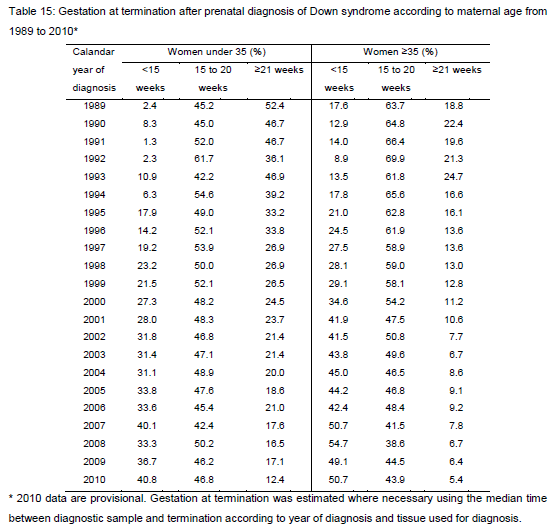Today, March 21, is the first World Down's Syndrome Day. This day is also recognised as a World Day by the UN, along with other World Days such as women, mental health, and AIDS. Previously, this was celebrated locally in countries around the world. The Secretary General of the UN, Ban Ki-Moon, has released a short statement to mark the day. In it he said
For too long, persons with Down syndrome, including children, have been left on the margins of society. In many countries, they continue to face stigma and discrimination as well as legal, attitudinal and environmental barriers that hinder their participation in their communities. Discrimination can be as invidious as forced sterilization or as subtle as segregation and isolation through both physical and social barriers. Persons with Down syndrome are often denied the right to equal recognition before the law...On this day, let us reaffirm that persons with Down syndrome are entitled to the full and effective enjoyment of all human rights and fundamental freedoms.
As we know, the first and fundamental right is the right to life from conception, which is recognised and upheld in the UN human rights conventions. However, the right to life has been and continues to be attacked, rejected, and trampled on throughout the world, by the medical and legal professions, and the politicians.
Below are some facts, figures, and tables you can use in letters, articles, radio phone-in, Facebook status updates, essays, Twitter etc.
Below are some facts, figures, and tables you can use in letters, articles, radio phone-in, Facebook status updates, essays, Twitter etc.
- Down's syndrome is a Trisomy - meaning there are 3 copies, instead of 2, of any given chromosome. Medically Down's syndrome is known as Trisomy 21 because it's the 21st chromosome that is affected; it's also the most common type of trisomy. Down's syndrome is not a disease.
- While Dr. John Langdon Down first described the common characteristics of people with Down's syndrome, it was actually Dr Jerome Lejeune who first identified it as a chromosome 21 trisomy in 1959.
- Down's syndrome is not related to race, nationality, religion or socio-economic status.
- In the UK, screening for Down's syndrome normally consists of an ultrasound scan called the nuchal translucency (NT) scan, usually between 11 weeks and 13 weeks plus six days pregnant
- A blood test between 10 weeks and 13 weeks plus six days pregnant may also be done. The blood test measures two substances passed from baby to mother: human chorionic gonadotrophin (hCG) and pregnancy-associated plasma protein (PAPP-A)
- There are two types of diagnostic test that are used following screening: amniocentesis and chorionic villus sampling (CVS). The former carries a 1% risk of miscarriage.
- There are serious ethical problems with screening that is done for the sole purpose of detecting fetal disability with a view to suggesting and encouraing the killing of that child by abortion. Mothers and fathers report experiencing considerable pressure to abort, lack of support by medical professionals, and being given a very pessimisic view of raising a child with Down's. Parents can be given a hard time for refusing screening in the first place.
- There is a wide variation in cognitive abilities, behaviour and physical development in individuals with Down's syndrome. Each individual has his/her own unique personality, capabilities and talents. In other words, people with Down's syndrome are not all the same; just like individuals in the typical population are not all the same.
- Life expectancy for people with Down's syndrome has increased dramatically in recent decades - from 25 in 1983 to 56 today.
- In the UK there are about 60,000 people living with Down's syndrome.
- 92% of babies prenatally diagnosed with Down's syndrome are killed by abortion. This has remained consist since 1989 when the The National Down's Syndrome Cytogenetic Register began.
- Under the UK Abortion Act, a child with Down's syndrome can be aborted up to birth.
- Department of Health statistics on abortion of the disabled can be viewed here




